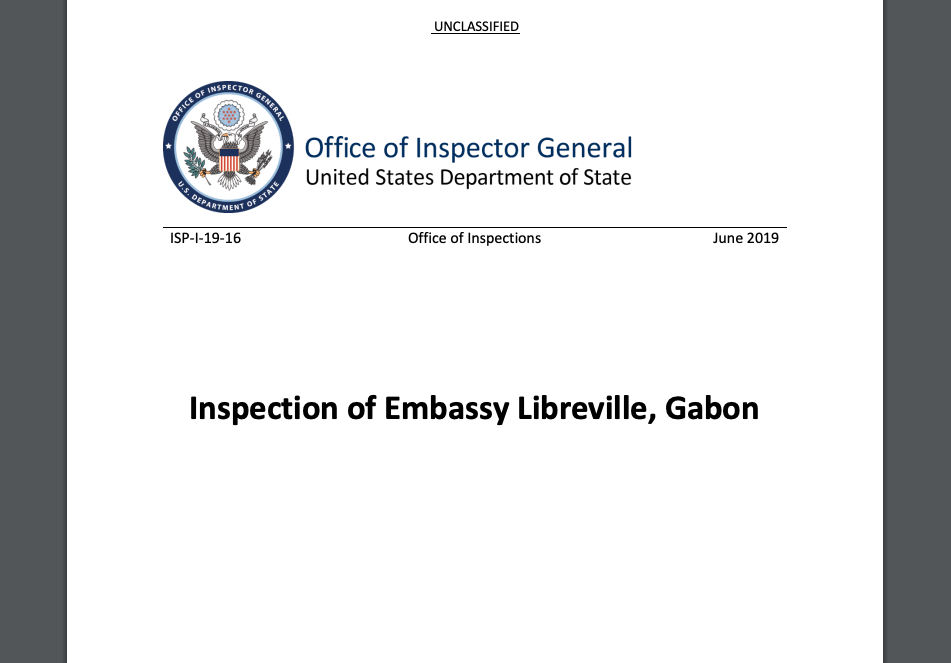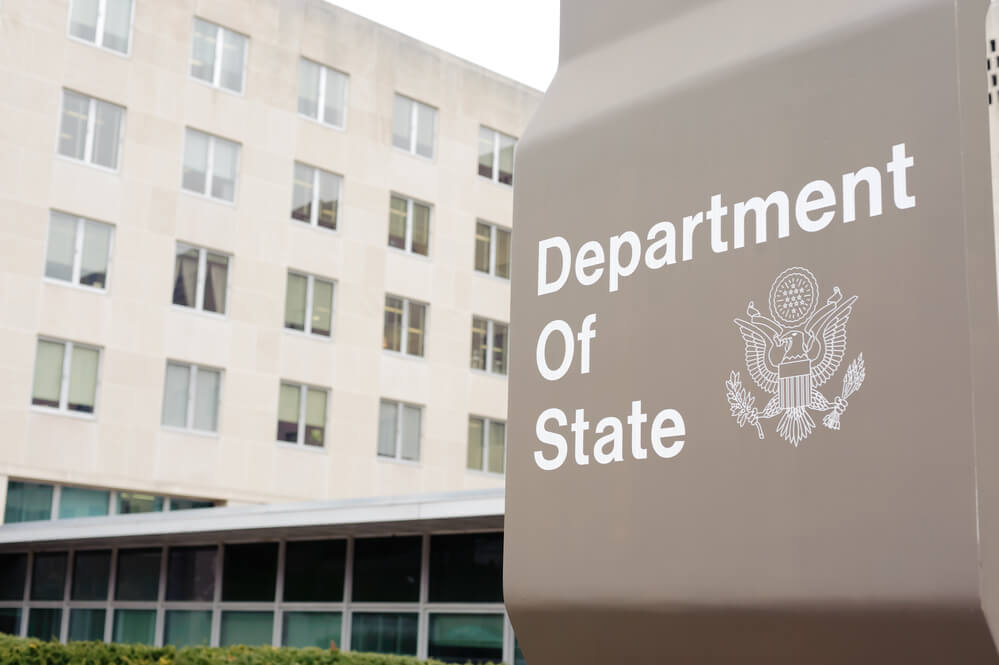On June 21, State’s Inspector General released a devastating report on the functioning of the American Embassy in Libreville, Gabon. It is instructive to see how bad it can get at a US mission overseas.
There are charges of nepotism, a too cozy relationship with a US energy producer, and almost no reporting to the Department.
I’ll be doing a YouTube screencast to highlight the failure of management and leadership in Libreville.






Recent Comments